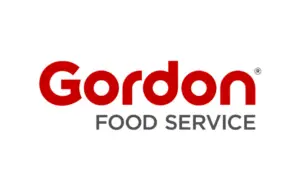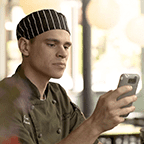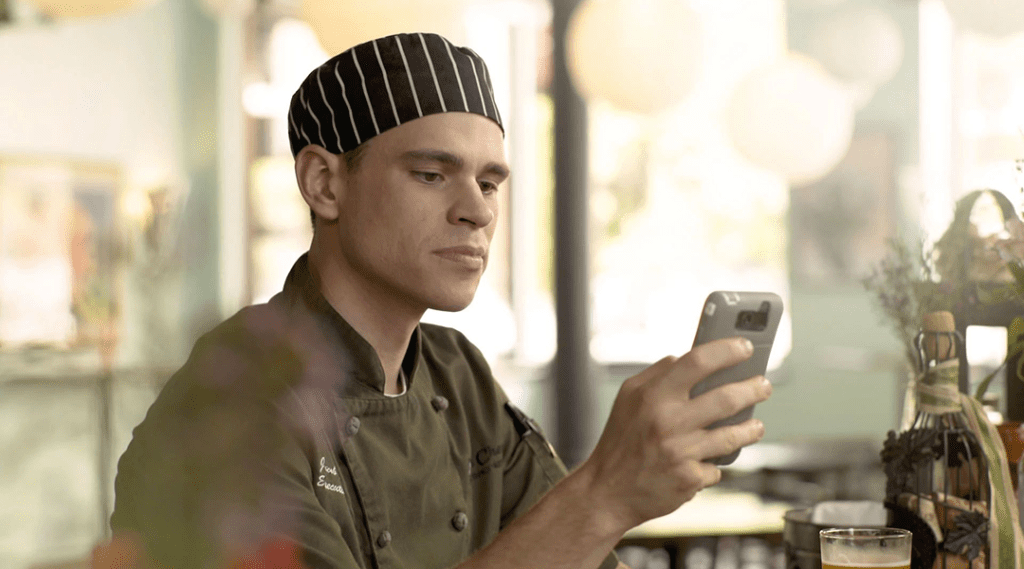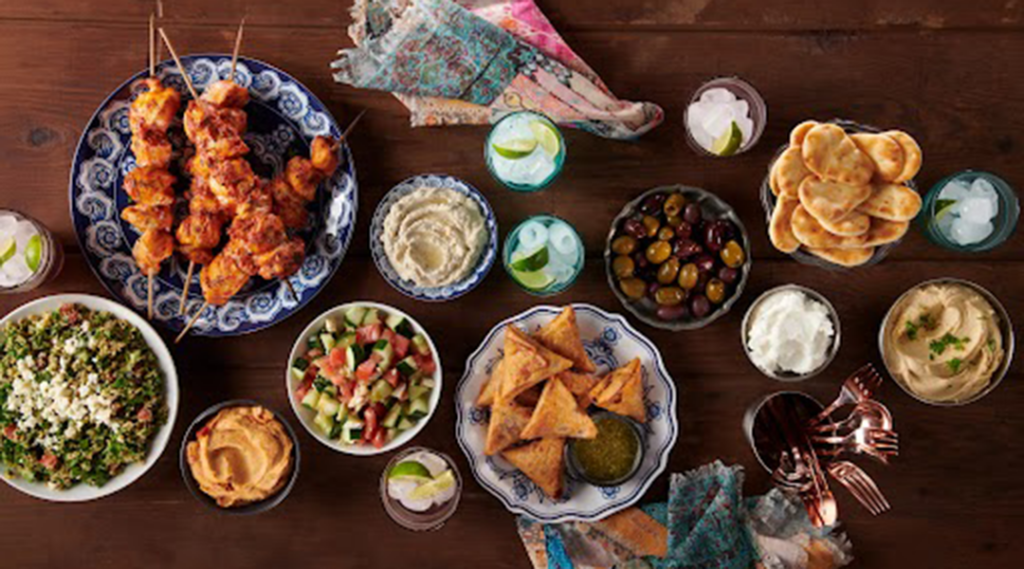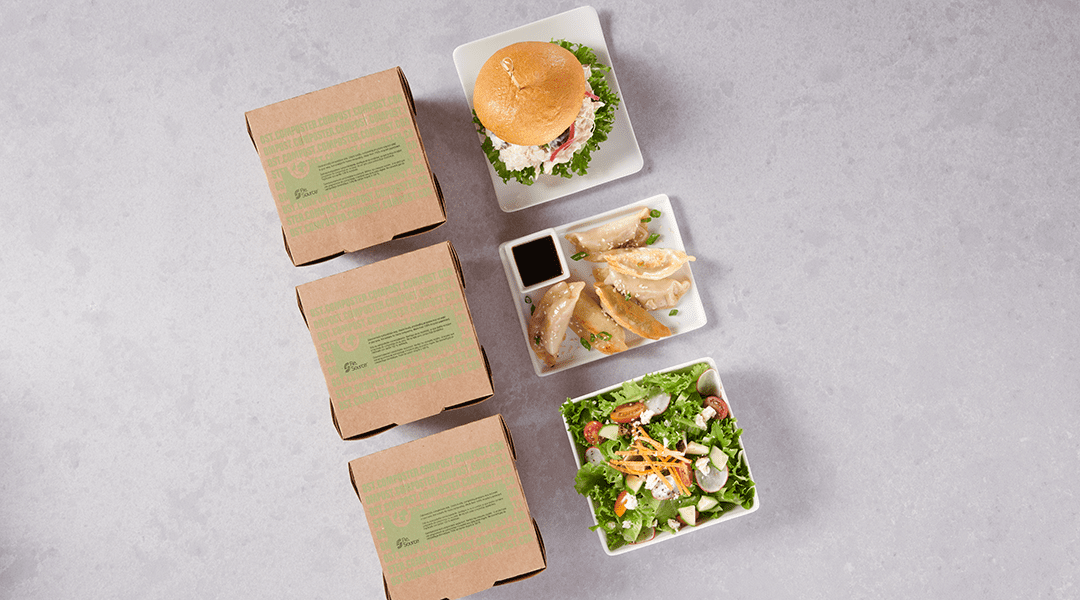Think about the times you’ve enjoyed dining out and how much great service made you feel welcome and special. It’s the same for residents of healthcare communities. Mealtime is often the highlight of their day. “Mealtime is show time,” says Gordon Food Service Non-Commercial Segment Leader Lee Wolf-James, RD, LD. This means dining provides another opportunity to enhance a resident’s overall satisfaction and improve overall satisfaction scores. That’s where good waitstaff training comes in. “Training is very important because, even more than the taste of the food, people have to like where they are,” Wolf-James says. “And people like being treated with dignity and respect.”
What to focus on in waitstaff training
Exceed expectations
“Food service is now a marketing tool of the healthcare community,” says Gordon Food Service Customer Effectiveness Manager Ken Wasco. Many residents are more educated and sophisticated than in the past, he notes, which creates a new level of service expectations. “They’re looking for more of a restaurant experience,” Wasco explains. “The better the experience is for the resident, the better their feelings toward the healthcare community.” “Giving somebody great service means you care about them and their welfare,” adds Holly Becker-Baratta, Dining-Room Manager at Beacon Hill at Eastgate in Grand Rapids, Michigan, which operates independent-living and continuing-care residences. “You don’t want people to feel like they’re just in a cafeteria line. You want them to feel like they’re a member of a community.”
Attend to the basics
Waitstaff must be well-groomed and in clean uniforms. Make eye contact with residents. Greet them as they enter, and check on them during the meal to see if they need anything. And don’t forget the most obvious nonverbal cue, a smile. It also means no unnecessary sidebar conversations with other staffers. “If people are trained to treat others correctly, that will help diners enjoy the food,” Wolf-James says.
Know your customers
Listen to their concerns and respond to their questions. “Treat them like you would treat your own grandmother or grandfather,” Wasco says. “If your staff is good, they’ll know Mr. and Mrs. Smith, what their background is and where their grandchildren live, as well as what foods they like and don’t like, and even what they might be allergic to.”
Watch your language
There’s a big difference in communication styles between the older residents’ generation and those of the often-younger waitstaff. “Saying ‘It’s my pleasure to serve you’ is much more appropriate than saying ‘No problem,’ or ‘Back at ya,’” Wolf-James says. “And be specific: Not just ‘How is everything’ but ‘How is your pork chop?’”
Train, train, train
Invest in your team. Train them thoroughly before they start working the floor. Pair new hires with your best servers to help them learn the ropes. Being introduced to a new server by one they already know and like will give residents an extra level of comfort. Make training continuous with ongoing refreshers about key service points.
Reward outstanding effort
“If your people are doing a great job, reward them. It’s how you develop your staff,” Wasco says. “They’ll feel better and go the extra mile. If your servers enjoy their jobs, they’ll feel fulfilled and are more apt to stay.”
Set the example
Managers should personify the behavior they expect. “The strongest tool for teaching staff how to do it correctly is to model that behavior yourself,” Wasco advises.“Show them what you want by doing it the right way.”



